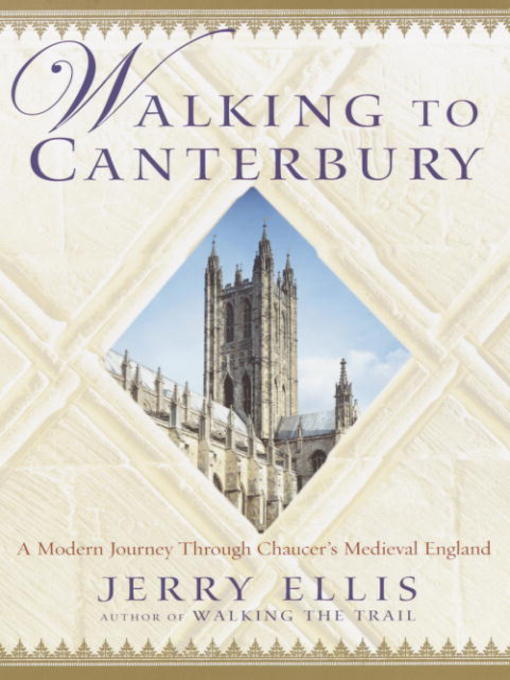 I don't have the time to pre-read everything my kids read. Mama has her own teetering stacks of books to devour. I ask them about their books, though, and when something piques my interest, I will definitely add it to my own pile after the child has finished (or, occasionally--as was the case of a certain someone who read the last Harry Potter book much too slowly--before). This is what happened with the Percy Jackson series.
I don't have the time to pre-read everything my kids read. Mama has her own teetering stacks of books to devour. I ask them about their books, though, and when something piques my interest, I will definitely add it to my own pile after the child has finished (or, occasionally--as was the case of a certain someone who read the last Harry Potter book much too slowly--before). This is what happened with the Percy Jackson series.
The author, Rick Riordan, says that he first developed an interest in mythology when he was hooked on the Lord of the Rings series in middle school. His teacher told him the author (Tolkien, of course) had been heavily influenced by Norse mythology (I didn't know that, but it makes sense, eh?), so young Rick soon turned to Norse mythology, which then naturally progressed to Greek and Roman.
I loved his Percy Jackson series (a total of five books) because he made Greek mythology easily readable and accessible to a wide audience--even adults! The books have great characters, they're funny, and the action and mystery are intense and well-paced. I also enjoyed the way Riordan wove appearances of mythological beings (gods, demigods, monsters, etc.) into modern culture. The Three Fates as taxi drivers (and you know how crazy that would be: they share an eye),Medusa's garden sculpture shop (everything is stone, of course), the Empire State building as Mt. Olympus. Each book was a fun read, and I could understand why my kids enjoyed them.
The Lost Hero is the first book in a new series, but it picks up where the Percy Jackson series ended, and many of the characters reappear. Just like the other series, you have great action, adventure, and memorable characters.
In this series we meet Jason, Leo, and Piper--all three of whom are castoffs and misfits, trying to figure out why they don't really seem to get along with their peers or fit in anywhere. For those who've become familiar with Riordan's series, the reason is clear: they're demigods, children of a mortal's union with a god. Sure enough, they end up at Camp Half-Blood with other demi-gods where many of their questions are answered and their divine parentage is revealed. But Jason's past is still shrouded in mystery. It's like someone has deliberately erased his memory, and the only one who might have a clue--Chiron, the centaur head teacher at Camp Half-Blood--gets pretty nervous and starts pawing the ground when asked directly.
Soon the three set off on a quest to rescue Hera, stop an evil (and unknown, for most of the book) being from overthrowing the entire order of the world, and of course they make a few stops along the way to visit various gods and beings and ask for help or fight for their lives--or both. The characters take turns as narrative focii in the chapters, which gives unique insight into their varied backgrounds and issues, and each one adds a different sort of spice to the story.
This novel also introduces Roman mythology, where the first series was entirely Greek. It's interesting how the characters acknowledge that while the Roman gods were usually very similar to their Greek counterparts, there were some distinct differences, which makes sense, considering the vast differences between Ancient Greek and Roman cultures. I was particularly interested by this part of the novel, as it wasn't something I had really considered before. I knew that most of the Greek gods played a part in Roman mythology and their names were interchangeable, but I hadn't considered that the Romans would have valued certain characteristics in their deities over others and superimposed them on the "characters" of the Greek gods as they'd already been established. But as I said, it makes sense.
Anyway, a fun read. Lighthearted and a little bit educational as well, which is always a bonus. If I have any complaint, it is that there is less of a meld of the mythological world with the "real" world, but I did learn that Jack London was a demigod. Did you know that? Hmm. I didn't think so. (Well, I guess I didn't either before I read the book. We're even.) (Well, we will be if you read at least one of Riordan's books.) (If you don't like Greek and Roman mythology, you can try one of his Kane Chronicles. Those are about Egyptian gods and are equally funny, although I didn't love the characters as much.)















